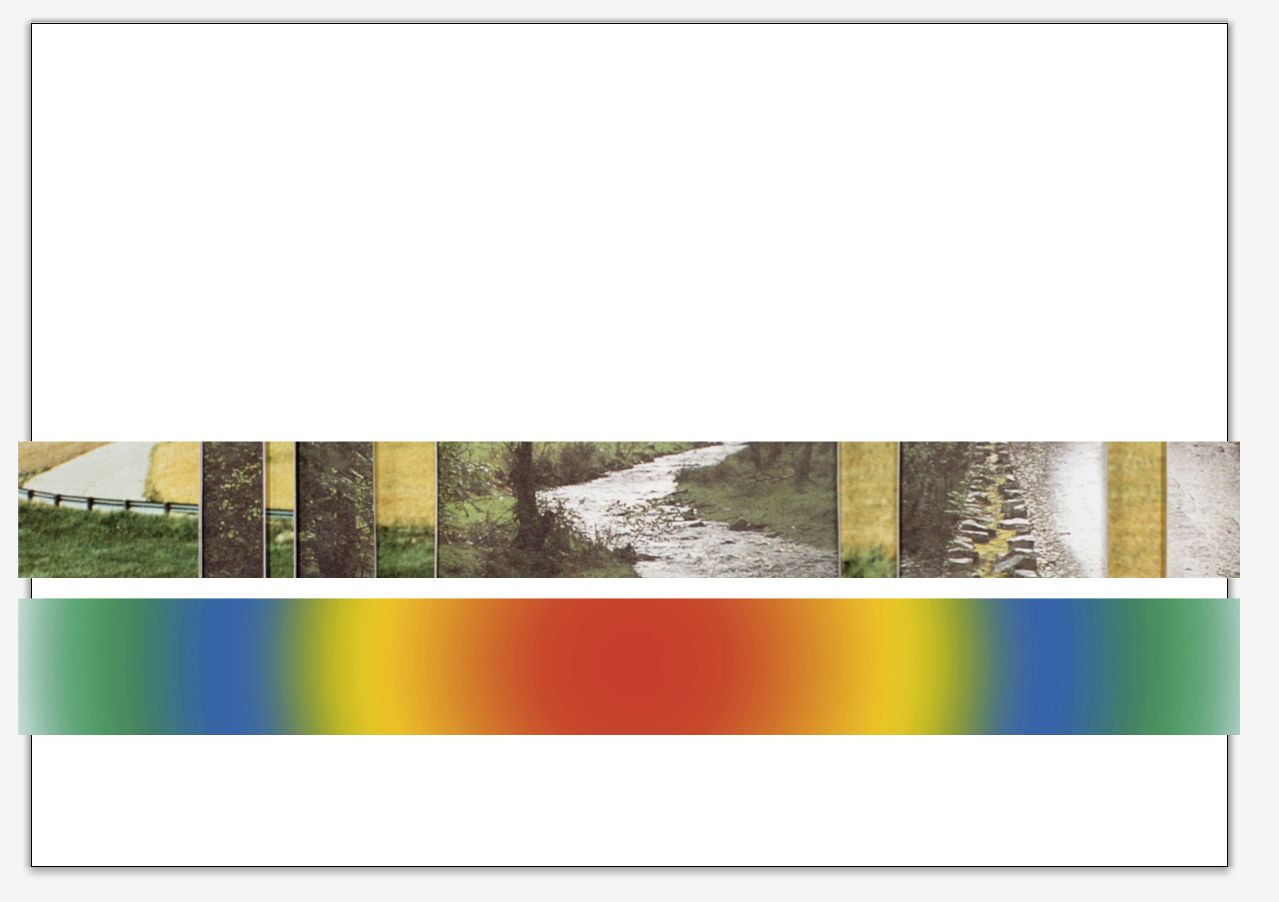WHAT THE BIRD HAS DONE YESTERDAY…
“What bird has done yesterday man may do next year” is the complete phrase from James Joyce’s Finnegans Wake quoted in the title of the exhibition. Media theorist Marshall McLuhan wrote of the sentence: “‘Mechanization’ is a translation of nature, and of our own natures, into amplified and specialized forms. Thus the quip in Finnegans Wake, ‘What bird has done yesterday man may do next year,’ is a strictly literal observation of the courses of technology.”
Abigail Reynolds and Arye Wachsmuth position their works in dialogue with one another in the current exhibition at Galerie Raum mit Licht. Political and social structures and their mediation play a central role in the approaches of both artists. The contexts of past history and historical material relate to current events, such as the movement of refugees and contemporary socio-political issues.
ABIGAIL REYNOLDS makes her photo collages and sculptures using historic photo-graphs from books, magazines and newspapers. In her work, concepts of time and the politics of representation play a key role. The various textures of her works, the layers and folds promise a way into the past while denying it in the same breath.
Abigail Reynolds often uses architecture to explore the representation of power and control as well as issues of identity. In ‘Begin Afresh’ a protestor is seemingly placed inside the Glass House by Philip Johnson, bringing her physical gesture into an alignment with the modernist project. For the lithograph ‘Untitled Breuer’, Abigail Reynolds draws on the UNESCO building in Paris built by Marcel Breuer, and transforms it by folding the paper and producing the image in a double-printing process, splintering the space. The “world order” represented in the Assembly Hall is broken open in formal terms — an allusion to the human conflict between a desire for global order, and chaos.
ARYE WACHSMUTH engages in his work with the subjects of technology, history and their perception, which he realises as multi-layered images and installations. He produces images of knowledge, memory and the mind that deconstruct mediatised “collective history”, and symbolise the cycle between reality, constructions of reality and memory.
In his new work ‘Niemandsland’ (No Man’s Land), Arye Wachsmuth brings together photographs taken in European border areas as well as pictorial aphorisms and a film still, to engage us with European refugee and asylum policy. The title alludes to the epony-mous 1931 German anti-war film by Victor Trivas, released in English as Hell on Earth, which was banned by the Nazis. These parallel lines of interpretation are juxtaposed with a quoted image: A reworking of Gustav Doré’s engraving The Destruction of Leviathan (1865) shows only waves breaking over one another. In a play on Thomas Hobbes’ 1651 political treatise, Arye Wachsmuth engages with the symbolically loaded interplay be-tween power, our obsession with evil, and fear.
The exhibition critically reflects issues of technology and social structure via transforma-tive processes — be it, as in Arye Wachsmuth’s work, through pictorial media that chal-lenge the relationship between image and symbol, or through fragmentation and defor-mation, as in the works by Abigail Reynolds.
Text: Brigitte Marchel (2016)
Translation: Jonathan Quinn
